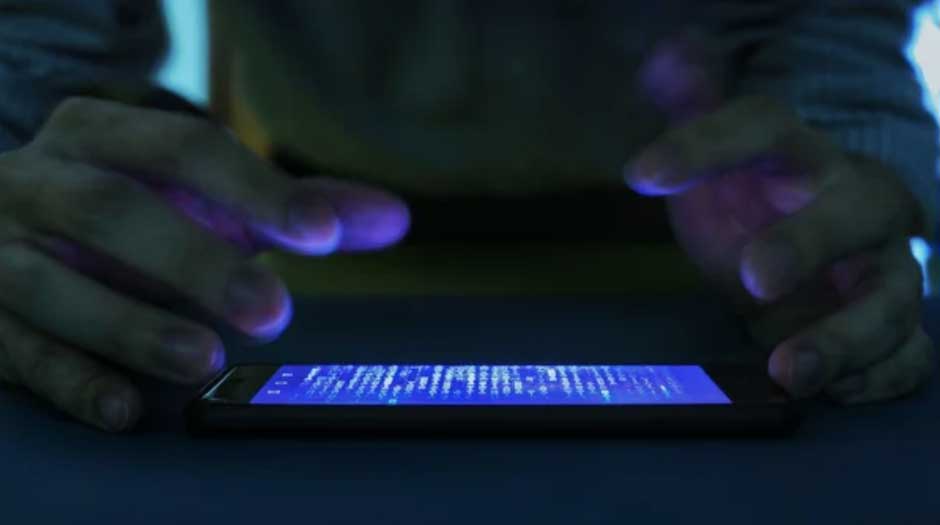In today’s rapidly advancing digital landscape, cell phones have evolved from simple communication devices to irreplaceable companions. However, this convenience is accompanied by apprehensions about cell phone radiation and its potential effects on our health. In this discussion, we will delve into this topic and illuminate ways in which you can actively take charge of safeguarding your well-being.
Understanding Cell Phone Radiation
Cell phones emit a variety of radiation types, with two of the most significant being electromagnetic radiation and radiofrequency radiation. These emissions are a direct result of the intricate communication processes between your device and the network infrastructure.
Electromagnetic radiation comprises a spectrum of waves, ranging from high-energy gamma rays to low-energy radio waves. Cell phones primarily emit radio waves, which are a form of non-ionizing radiation. Unlike ionizing radiation, which has enough energy to alter the structure of atoms and molecules, non-ionizing radiation lacks this ability. This distinction is vital in assessing the potential biological effects.
Radiofrequency radiation, in particular, is the cornerstone of wireless communication. It’s the energy that enables your cell phone to connect to cellular towers, Wi-Fi networks, and other devices. While the energy levels are considerably lower than ionizing radiation, concerns arise due to the close and prolonged proximity of cell phones to our bodies.
To comprehensively comprehend the potential risks associated with cell phone radiation, it’s essential to delve into the intricacies of these emitted radiations. By understanding their nature and interactions, we can better evaluate the steps needed to ensure our well-being in an increasingly connected world.
Health Concerns and Controversies

Numerous studies have taken a close look at whether cell phone radiation might be connected to health problems like cancer and fertility issues. While some studies show a possible link, different experts have different views, which has sparked debates in the science community.
Why the disagreements? Well, this topic is complex. Scientists use different methods, look at different numbers of people, and study for different amounts of time. All of this can lead to different results. It’s like trying to solve a puzzle with many pieces missing.
One thing to remember is that the time we spend around cell phone radiation adds up. The more we use our phones over the years, the more radiation we might get exposed to. This could be important when thinking about health effects. By thinking about these factors, we can make choices that balance using technology with staying healthy.
Regulations and Safety Standards
To address these concerns, worldwide and country-based groups in charge of rules, such as the World Health Organization (WHO) and the Federal Communications Commission (FCC), have created rules about how much radiation is acceptable. These rules are like safety lines, shielding users from getting too much radiation and ensuring devices are used safely.
Think of it as having speed limits on roads to prevent accidents. These radiation limits work similarly, making sure our technology doesn’t go beyond a safe level. By having these guidelines in place, we can enjoy our devices with peace of mind, knowing that our health is being looked after.
Potential Effects on Specific Groups
Some groups, like kids, pregnant women, and people sensitive to electromagnetic waves, might be more at risk from cell phone radiation. It’s a bit like how some people might get sunburned quicker than others.
Because these groups could be more affected, it’s vital to create protection plans that suit their needs. Just like kids wear sunscreen or pregnant women take special precautions, tailored strategies can help shield them from excessive radiation. This way, we’re making sure that everyone can use technology safely, without putting their health on the line.
Common Protection Misconceptions
It’s easy to fall for false ideas when it comes to guarding against cell phone radiation. One common misunderstanding is that any phone case or accessory can shield us effectively. But here’s the truth: not all of them can.
Think of it like wearing a raincoat that doesn’t keep you dry – it’s not doing its job. Similarly, not every accessory does what it claims when it comes to radiation protection. To make smart choices, it’s vital to tell apart what’s real from what’s not. By doing this, we’re ensuring that our efforts to stay safe from radiation are truly effective and backed by reliable information.
Effective Protection Strategies
To reduce your exposure to cell phone radiation, consider implementing these strategies:
- Using speakerphone or headphones: Keeping the device away from your head minimizes radiation absorption.
- Keeping the phone away from the body: Storing the phone in a bag or purse instead of a pocket reduces close contact.
- Texting instead of calling: Texting requires less exposure time and distance from your body.
- Using airplane mode during sleep: Switching to airplane mode at night reduces radiation exposure while you rest.
- Choosing low radiation emission phones: Opt for devices that emit lower levels of radiation.
Incorporate these practices into your daily routine to enhance protection without sacrificing connectivity.
Emerging Technologies and Solutions
The ever-advancing landscape of technology has paved the way for a remarkable development: the creation of phone cases and accessories engineered to diminish radiation exposure. These innovative solutions serve as an additional protective layer for your device, seamlessly preserving its functionality.
Researchers are continuously exploring avenues to refine these solutions further, striving for enhanced effectiveness in reducing radiation effects. Just as chefs refine recipes for perfection, scientists refine protection methods. By embracing these technological strides, we are embracing a safer and more secure future, where our devices can coexist harmoniously with our well-being.
Balancing Connectivity and Health
In our interconnected world, finding the right equilibrium between staying connected and safeguarding our health is paramount. While completely avoiding cell phone usage may not be practical, we have viable alternatives to prioritize our well-being.
Consider it akin to striking a balance in your daily diet – enjoying treats in moderation while looking after your health. Similarly, utilizing protective accessories and minimizing screen time can significantly diminish our exposure to radiation. It’s about making intentional choices, much like selecting wholesome ingredients for a nourishing meal. By embracing these measures, we foster a healthier interaction with technology, ensuring that our health and connectivity coexist harmoniously.
Conclusion
In the ever-evolving landscape of technology, our understanding of cell phone radiation’s impact on health is continuously improving. By arming yourself with accurate information and adopting effective protection strategies, you can confidently navigate the world of cell phones while safeguarding your well-being. Remember, it’s not about disconnecting, but about connecting responsibly.
Explore more in-depth information on EMF radiation and how to safeguard yourself from its effects on EMFEmpowerment.com!

